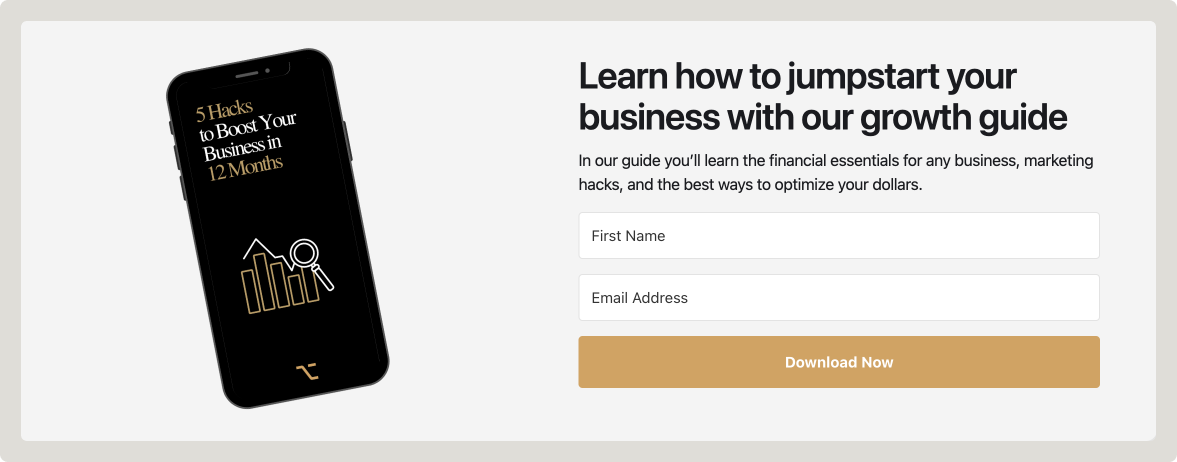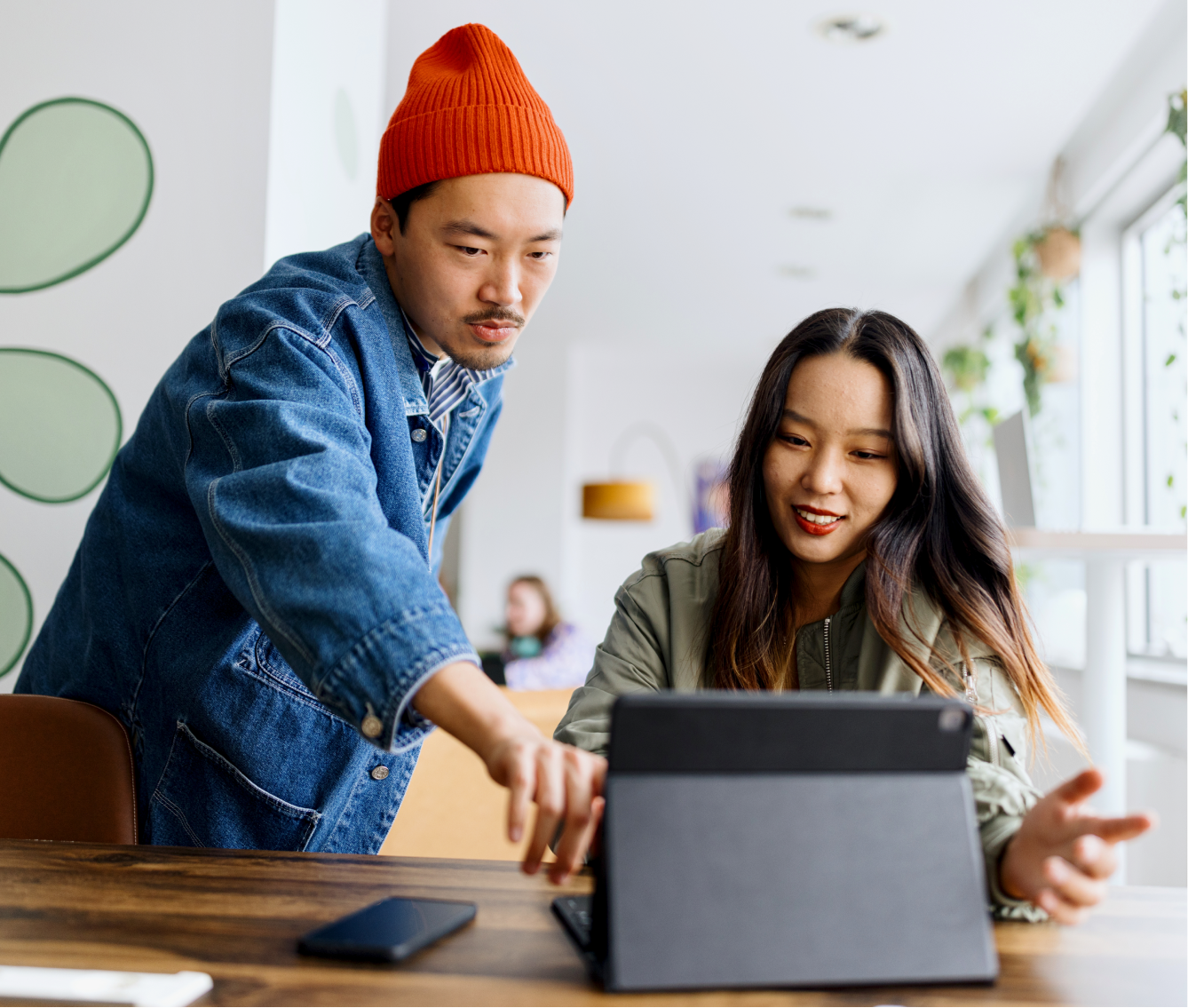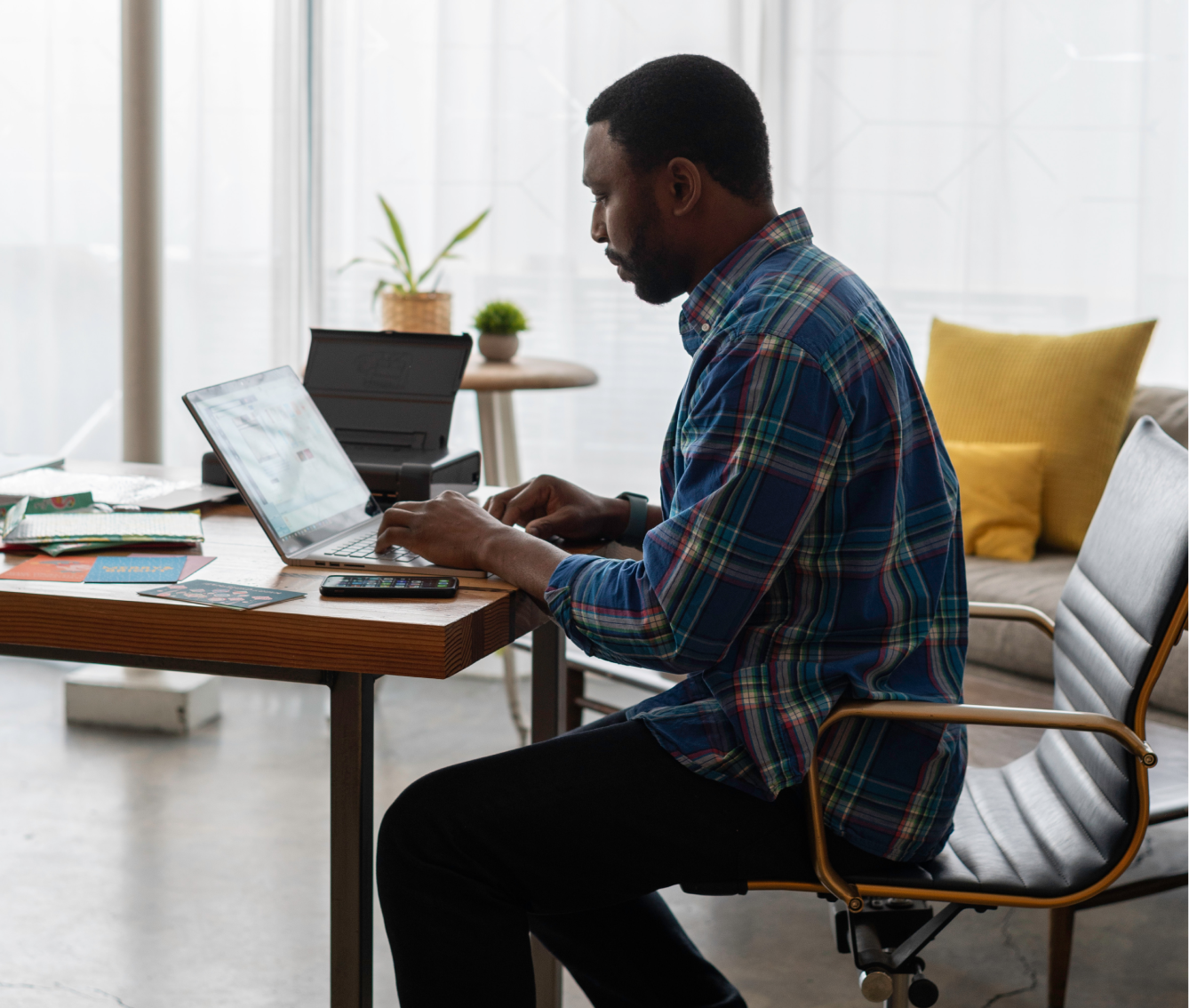Digital marketing puts you where your target client spends more of their time: online.
We’ve created this 10-minute guide to digital marketing for financial advisors so that you can implement best practices that drive traffic and conversions to your firm from the internet.
The guide is divided into two sections:
- Organic (“free”) digital marketing
- Paid digital marketing (commonly known as advertising)
And, if you’d like to learn more about any of the topics covered, you’ll find additional links throughout each section. Consider this your ultimate RIA digital marketing resource.
Table of Contents
Organic, non-paid digital marketing strategies
The heart of content marketing is quality content
What does good content achieve?
Types of organic content
Webinars
Podcasts
Downloadable guides
Blog posts
Video
How to get started
Distributing your organic content
Search engine optimization
Social media
Instagram
Twitter
LinkedIn
Email marketing
Newsletter emails
Promotional emails
Lead nurturing emails
Digital Advertising
What are you advertising?
Register for an event
Book a free consultation
PDFs & Guides
Where are you advertising?
Paid social
Google Ads
Conclusion
Organic digital marketing strategies for financial advisors
The heart of just about any financial advisor marketing plan is organic content. This is content that you produce, post, and distribute to your online audience through various free distribution channels.
This form of organic digital marketing is often referred to as content marketing, a subtle marketing tactic used by advisors that seeks to establish credibility and trust – without expectations – in channels where you don’t have to pay to post (blogs, social media, YouTube, podcasts, webinars, etc.).
The heart of content marketing is quality content.
What makes content “good”? Here’s a simple rubric:
- It captures attention and engages the audience
- It answers a question or satisfies a need
- It sparks awareness of a problem the reader didn’t realize existed
- It inspires them to take a specific action
What does good content achieve?
Good content gets you meetings. By providing valuable content that’s also discoverable, you achieve two things: An established connection to nurture prospects, and a robust digital footprint for your firm. Prospects that gain insight from your content are more likely to have a conversation with you – giving you the opportunity to convert them into a client.
Curious to learn more about how to leverage content in your marketing strategy? Check out our full guide to content marketing for financial advisors.
Types of organic content
Webinars
Webinars engage your audience with minimal cost and effort. Platforms like Zoom let advisors present their ideas/services from their computers. It’s easy for prospects to join the live event or watch the replay at their convenience (be sure to record the webinar). Plus, you can repurpose the recording on other platforms, giving webinars an afterlife. See how we host our previously recorded webinars.
Start creating your own successful webinars by following these webinar marketing best practices.
Podcasts
According to a report from Insider Intelligence, by 2025, the monthly US podcast listeners will be over 144 million listeners. With a podcast, advisors can display their personalities and establish themselves as a credible source. It’s also a perfect stage to partner with other thought leaders for a more dynamic conversation and content can be easily repurposed into sound bites for social media.
Learn from your peers who have successfully launched financial advisor podcasts.
Downloadable guides
Resourceful guides (worthy of a form fill) provide valuable insight to readers while allowing advisors to follow up afterward. Downloadable guides are an easy way to populate your prospect email list/funnel. To see an example of an advisor doing this well, check out Yarnway Wealth’s homepage and scroll to the bottom.

Blog posts
While the primary purpose of blog posts is to be found on Google search to drive traffic to your website, blogs can also be used to support your broader content strategy (i.e. share on social, repurpose bits for other platforms, establish credibility, etc.) The right blog post will keep someone on your site, encouraging them to explore more of your content. There are two things to consider with blog posts: quality and SEO. Following SEO best practices makes your post appear in searches, and the quality keeps the reader on your site. We’ll be touching on SEO in more detail below.
Video
More than 54% of marketers say that video content is the more valuable content type.
It generates many views if done well, but a few challenges exist. A platform such as Youtube, favors high-quality videos, which may result in upfront pre- (scripts/strategy) and post-production (editing) costs. It’s essential to show your personality to engage your viewers and avoid sounding too scripted/monotone while presenting your content. Proper optimization is also vital in helping your videos stand out; this includes creating an eye-catching thumbnail, a succinct description, and a click-worthy title.
Listen to how YouTube led to $220M in AUM for this advisor’s firm.
How to get started
After selecting a medium from the list above, a great place to generate ideas is any topic that you regularly discuss with your clients. What topics frequently come up? Where's the nuance? What keeps them up at night? List those ideas and start brainstorming how to solve them through your content. As a rule of thumb: don’t make it about you or your firm, don’t lead with fear, and avoid financial jargon – keep it simple and easy to understand.
If you’re drawing a blank, here are five content ideas for advisors seeking to expand their content marketing strategy.
Distributing your organic content
There’s no one-size-fits-all distribution solution, as it will vary by content type (i.e., video, audio, written, etc.). To increase visibility, you must optimize the content for each specific channel.
Search engine optimization (SEO)
SEO is best for blogs and YouTube videos. Search engine optimization requires incorporating keywords, key phrases, or long-tail keywords into your headers, URLs, meta tags, and descriptions. Also, ensure the body of your content aligns with the keyword(s). The better your blogs and YouTube videos are optimized, the higher your rank in Google results. One thing to avoid: do not force or overstuff keywords; instead, focus on building quality content that matches the search intent.
Learn more about ranking on the first page of Google search in our guide to SEO for financial advisors.
Social media
High-resolution and stylized images do well. Well-edited Reels (short-form videos) also perform well. Aim to post at least once a day, but avoid posting multiple times to the grid (posting a few times in Stories is okay).
Drop a quick tip, create a Twitter thread, or share a gif or image. Power users will post 3+ times per day to stay in front of their audience. Twitter does NOT like it when people share links to other sites.
Listen to how Twitter led to an additional $18k per month for this advisor.
LinkedIn has become a robust professional networking site for advisors to meet prospects and peers. Educational posts and video content perform well among users. The platform also rewards participants who engage with comments, including re-sharing content from others. Aim to post a few times per week.
Start incorporating best practices into your LinkedIn strategy by consulting our guide to LinkedIn marketing for financial advisors.
Eager to learn more about social media marketing and how you should be incorporating social into your digital marketing strategy? Don’t miss our deep dive into social media marketing for financial advisors.
Note: You may be wondering about Facebook marketing. We’re covering Facebook (ads) further down.
Email Marketing
Newsletter emails
Newsletters offer advisors an easy way to stay connected with their audience, sharing new content, company announcements, industry news, etc., all in one place. Successful newsletters are scannable/easy to absorb, provide valuable information before clicking a link, contain a consistent theme relevant to the reader, and have a clear call to action. Frequency can vary weekly to monthly, depending on your creative output and goals.
Promotional emails
This type of email allows an advisor to advertise a specific offer. It can be linked to exclusive content, a webinar invite about a service or product, or an in-person event. If it’s a webinar promotion or live event, aim to send it at least 2-4 weeks in advance, followed by weekly reminders to keep the event front of mind.
Lead nurturing emails
If a prospect is interested, you’ll want to usher them into a lead nurture campaign, where they will receive customized content matching their pains/interests. These emails are personalized and are typically automated, and are sent out weekly or bi-weekly – depending on your goals and objectives.
But that’s just scratching the surface – there are two more types of emails advisors should know about, not to mention how to track email metrics. Discover more about how to utilize email as a marketing tool for your firm in our comprehensive resource page covering email marketing for financial advisors.
Paid marketing strategies for financial advisors
Digital ads present an offer and encourage immediate action. They cost money because you’re targeting people who would be a good fit for your services. An action driven by an ad could include filling out a lead gen form, signing up for a consultation, downloading a PDF, or registering for a virtual or live event. One thing to keep in mind, paid advertising may result in high CPMs/CPCs due to how specialized the industry is, so keep a close eye on this once you start your ad.
Done well, digital ads are targeted, customer-centric, offer-centric, promote a sense of urgency, and drive conversions.
What are you advertising?
Register for an event
Whether casual (networking) or informative (educational), events are a great way to meet and converse with your audience, and you want to ensure the right people show up. Investing in advertising allows you to target the local audience to help drive attendance to your event.
Discover more about creating a stellar event for your audience in this playbook.
Book a free consultation
Fast-track prospect meetings through a direct response ad. It’s low risk for the prospect, and you can quickly confirm whether or not they’re a good fit to move forward (sometimes those who click may not be the right clientele). To attract the right client, you must advertise who you serve, the pain point you can solve, and an easy signup flow to book a call.
Here’s how to prepare for that first client call.
PDFs & Guides
Paid ads for existing PDFs and guides will help increase your exposure to your target audience – further growing your email prospecting list. For paid ads, you should develop a detailed landing page to entice your target audience to click the download CTA.
To help you visualize the necessary components, look at how we’ve set it up for our landing page for Road to $100M.
Where are you advertising?
There are two primary channels for paid advertising: social media and search.
Paid social
These ads will appear as traditional posts on social media but are marked as sponsored. The benefit of paid social is the ability to target a specific demographic. To help increase your chances of click-throughs, you must create an eye-catching ad with a clear value prop and call to action. If you decide to, you can also retarget leads with new ads after they’ve clicked on the initial ad. Once you determine spend, you can track your ROI in the Facebook Ad platform.
Get the blueprint for developing and launching successful Facebook Ads.
Google Ads
Google Ads appear in the top section of a search result, and appearance is determined by the keyword that was bid on. Google Ads prioritizes keyword targeting in addition to selecting your target demographic because the search engine runs it. Ads have a header and a sub-head only, with no image, so your ad must get to the point quickly. Use action words such as “discover,” “learn,” or “start” to inspire action.
Google Ads follow a pay-per-click model, which means you pay only when someone clicks on the ad. You can set limits to keep it within budget and track your ROI through Google Analytics.
Visit our Google Ads guide for financial advisors to read more about best practices and popular strategies.
Conclusion
Before you go, this is your reminder that you don’t have to do all of this simultaneously. Consider where your audience is, start with what interests you the most, and build from there. With patience, automation, and optimization, you’ll be able to conquer digital marketing for your firm. Be sure to bookmark this guide to revisit it whenever you need it.
And remember: traditional marketing still has its place in an RIA's business strategy. To learn more about the methods that continue to perform, please visit our advisor guide to offline marketing.












